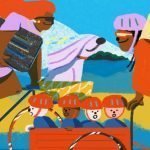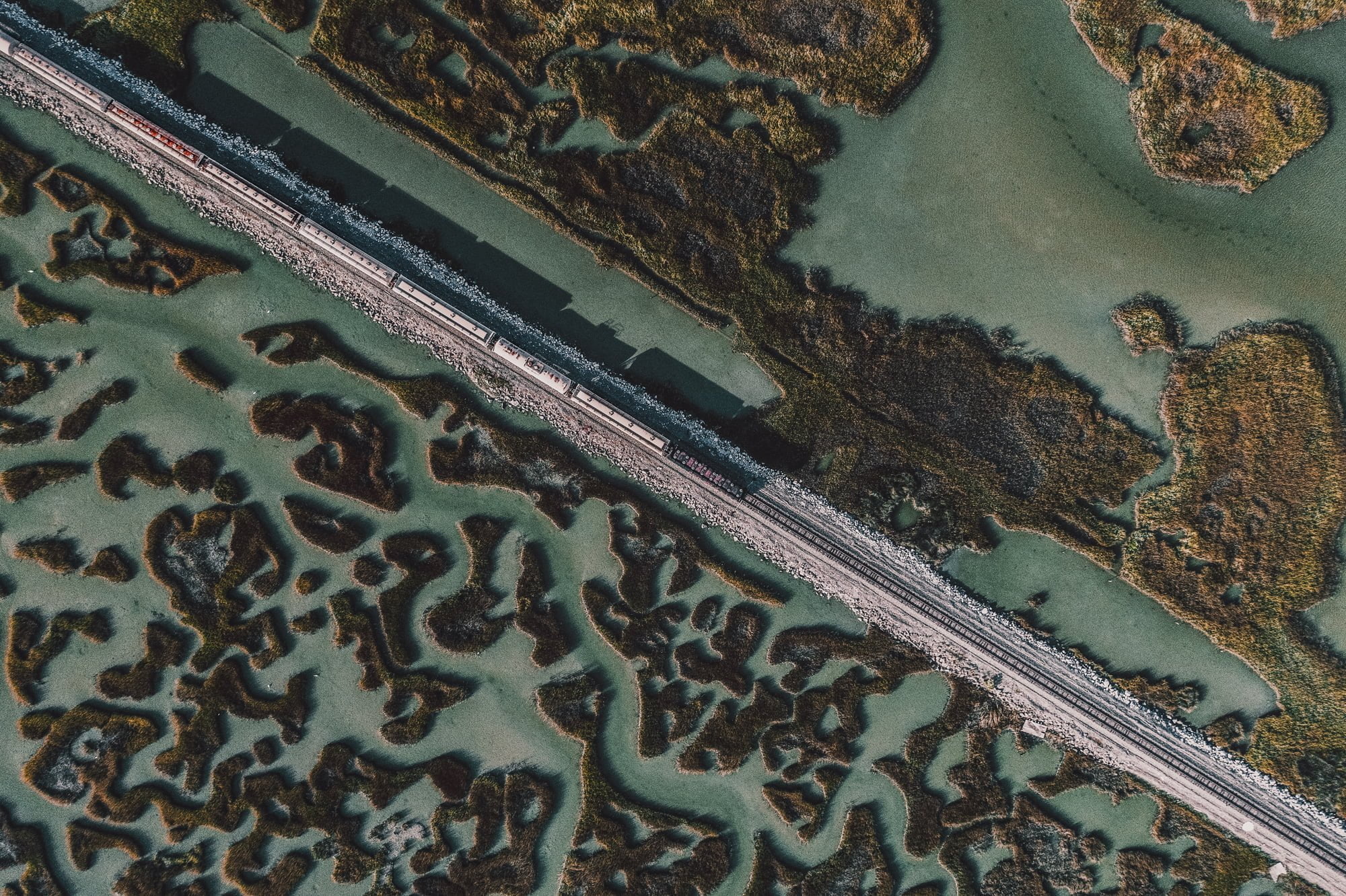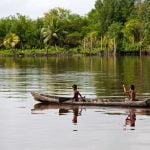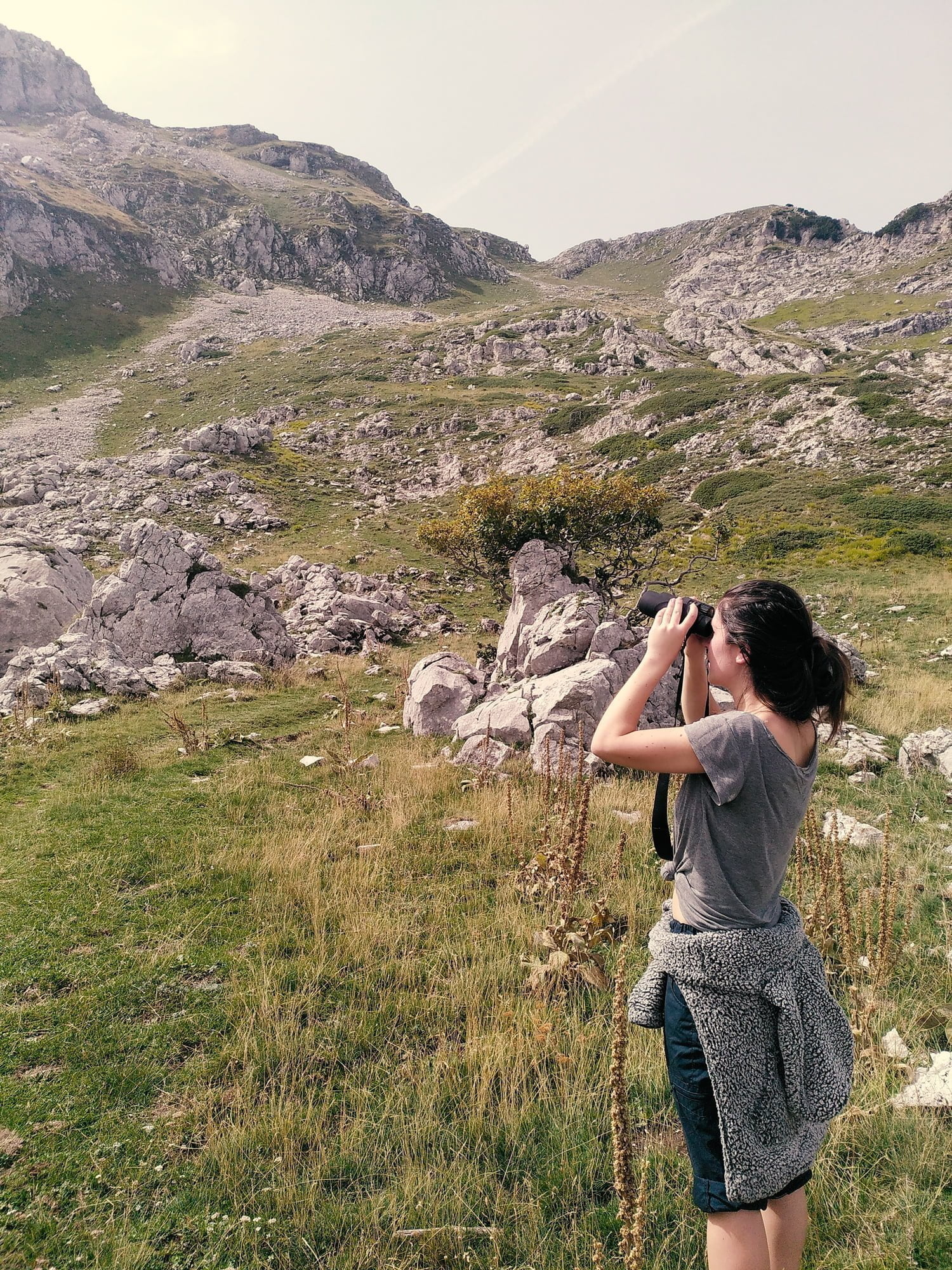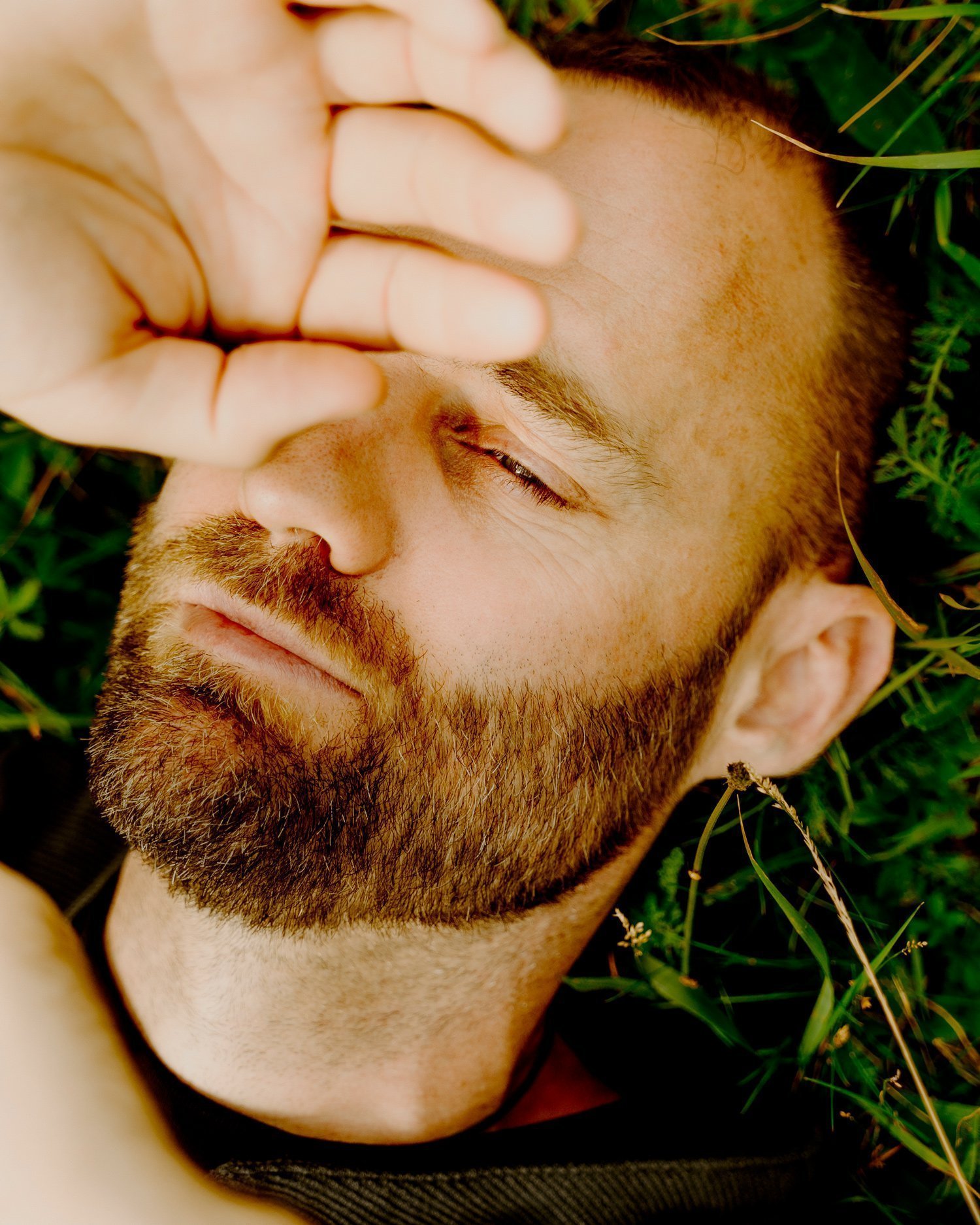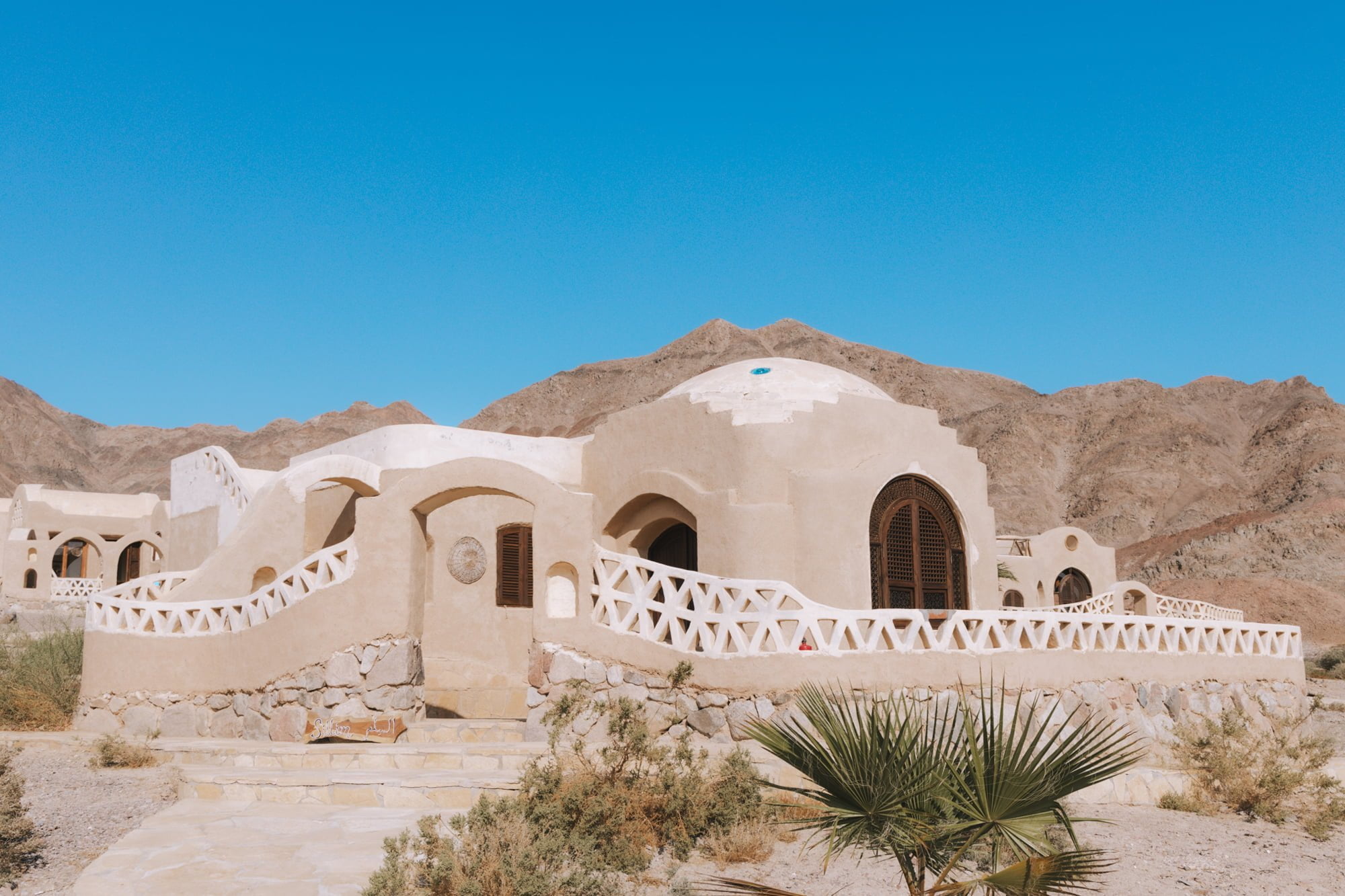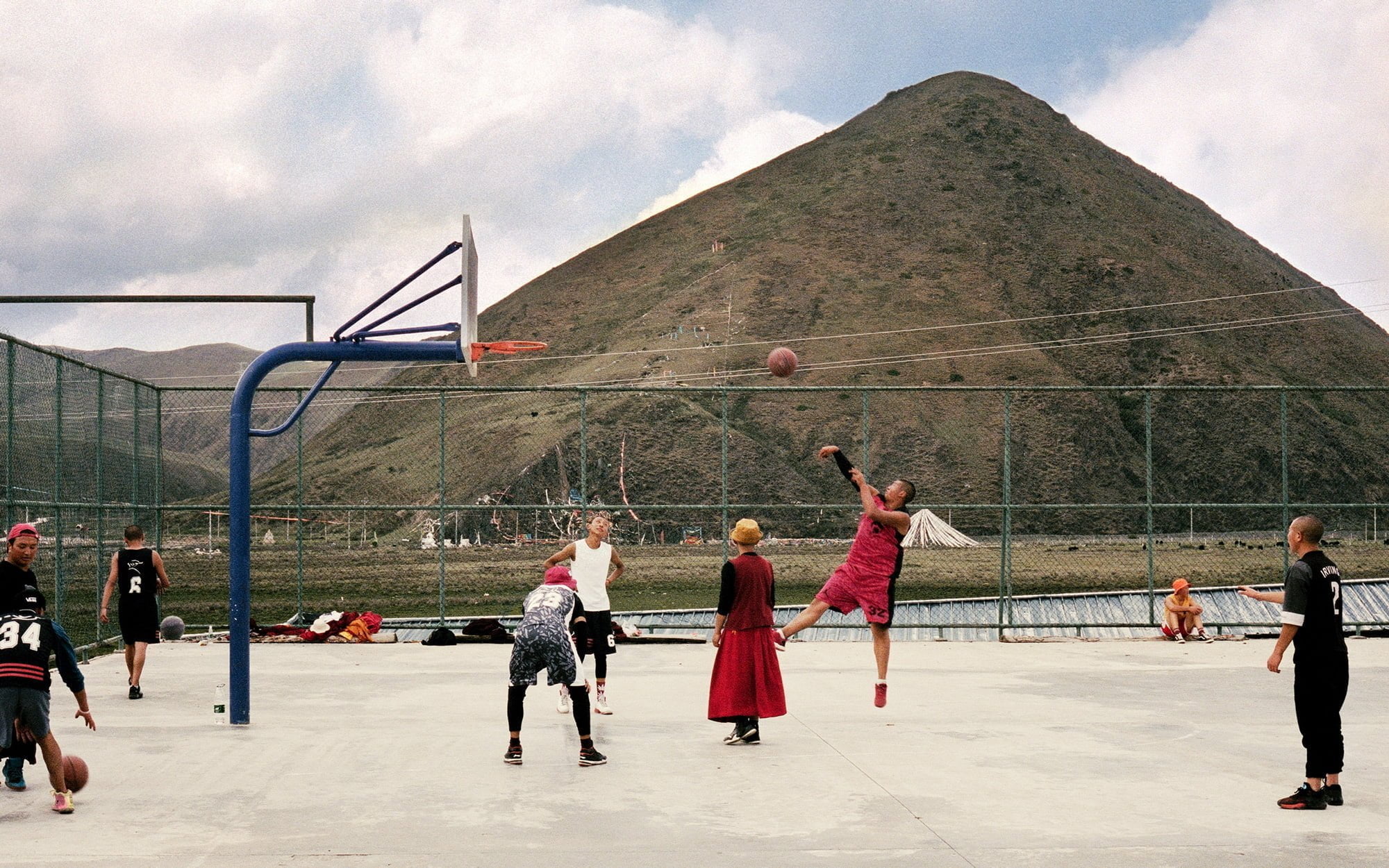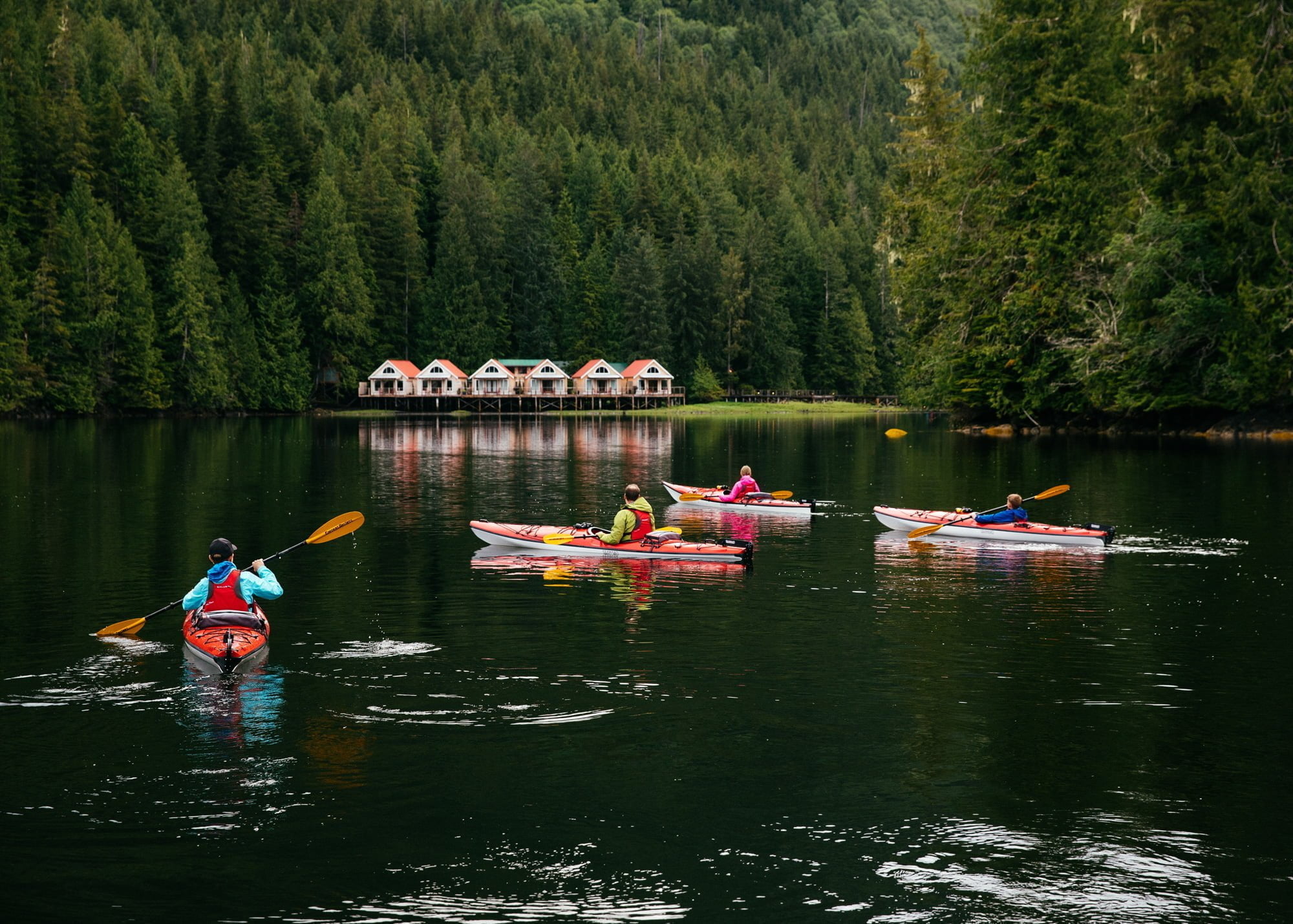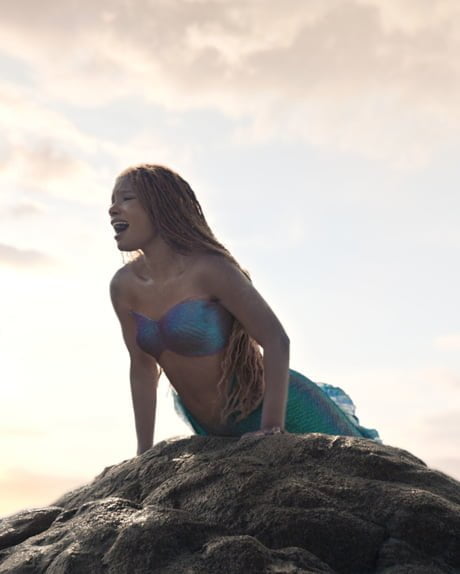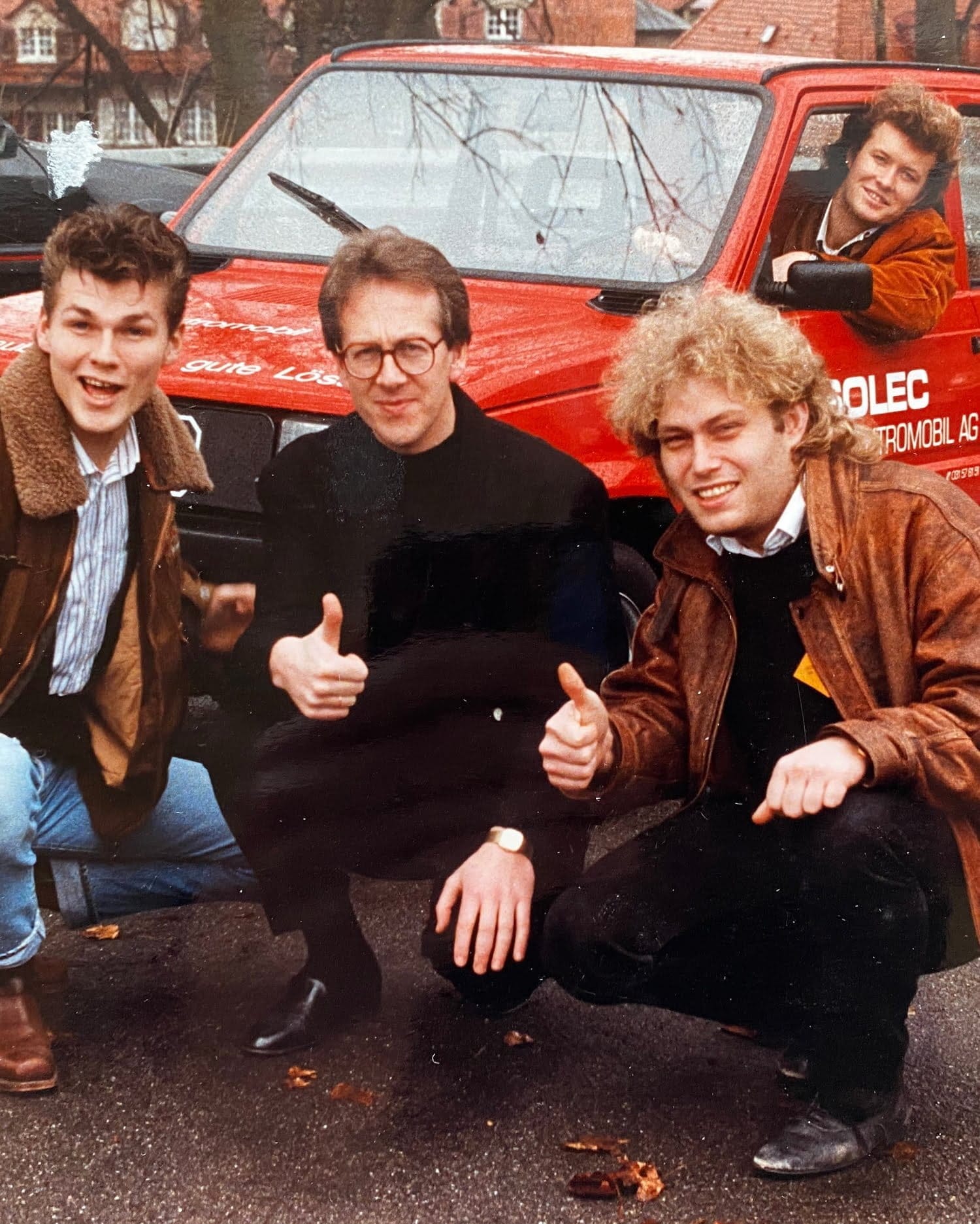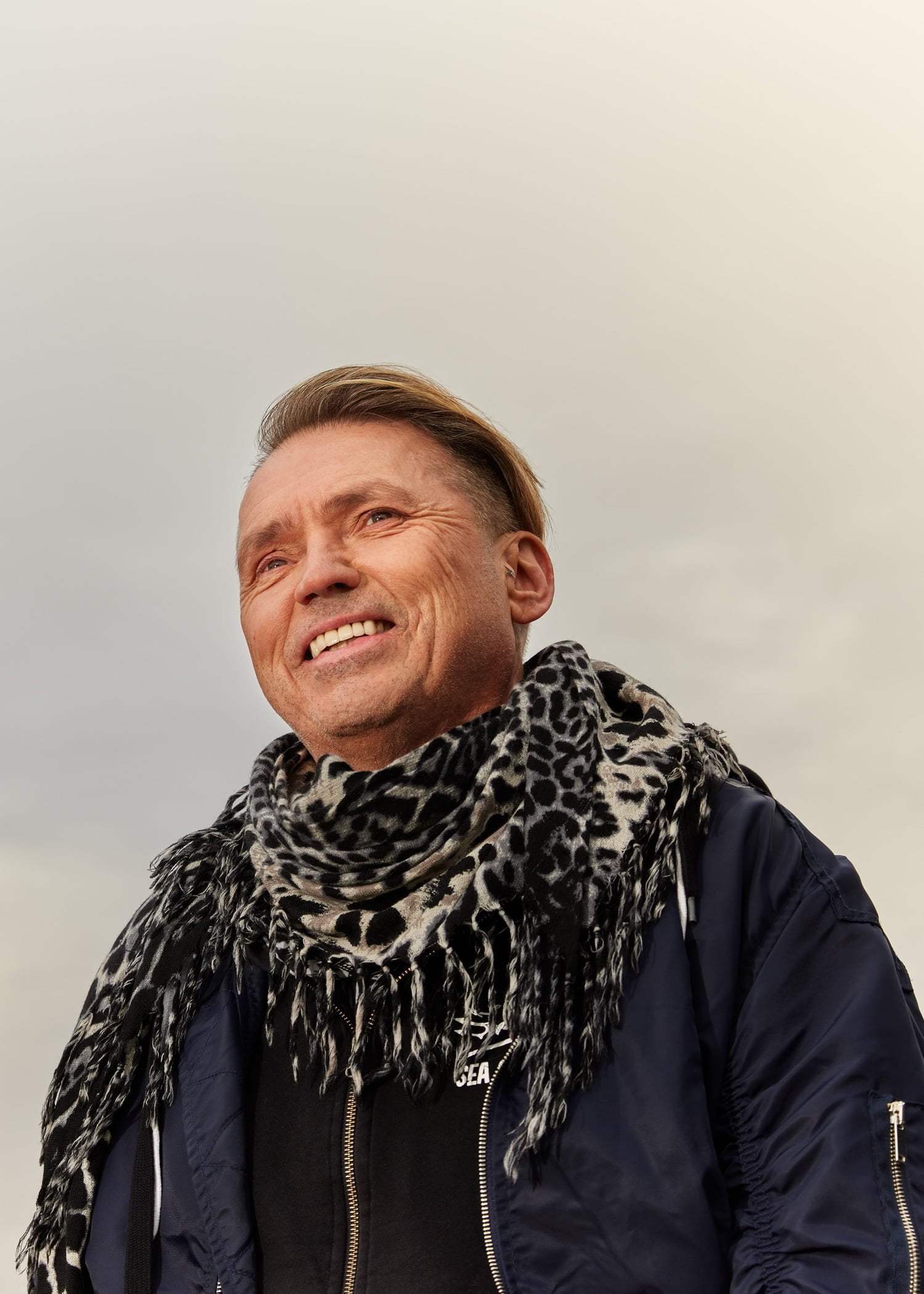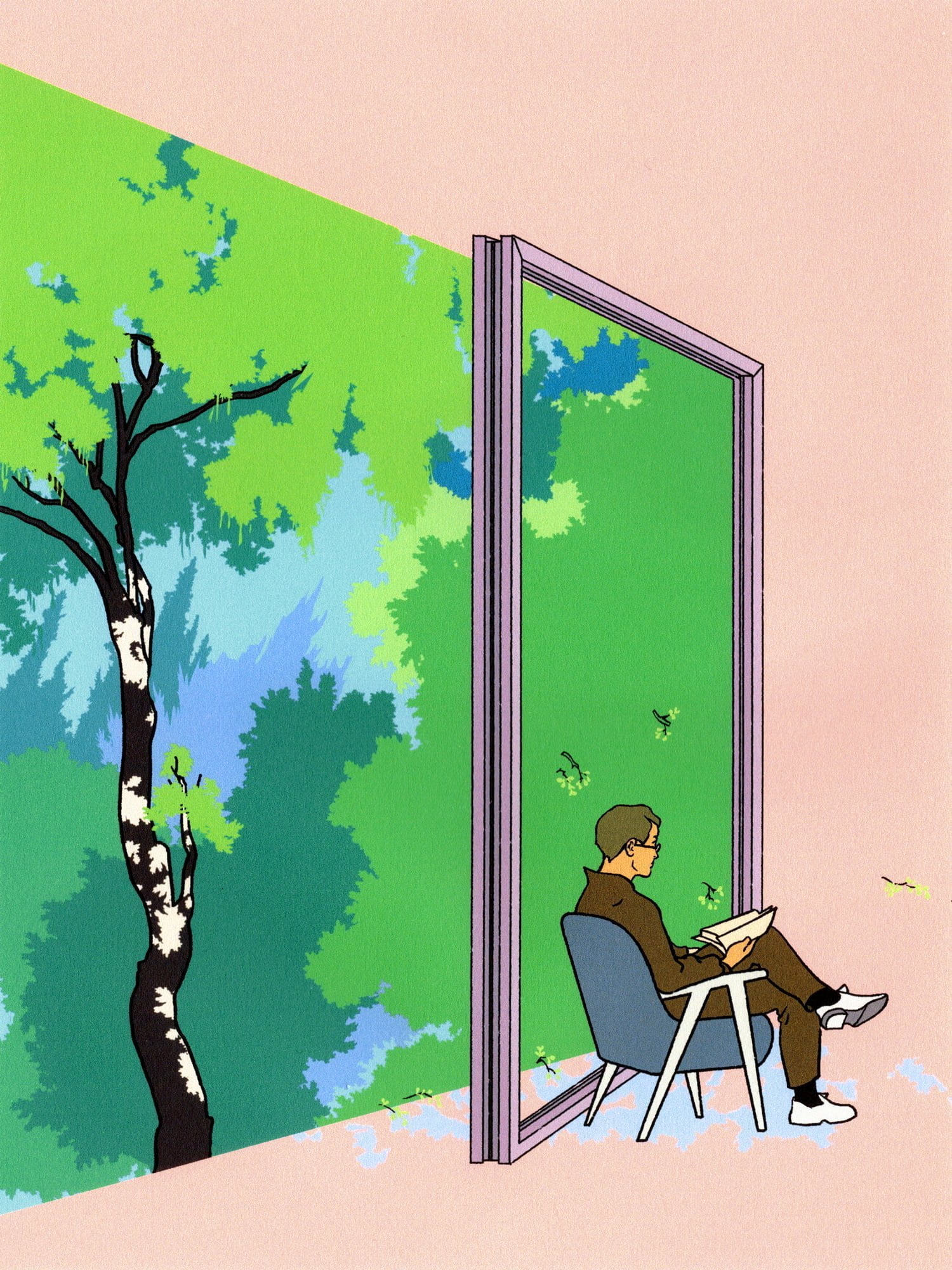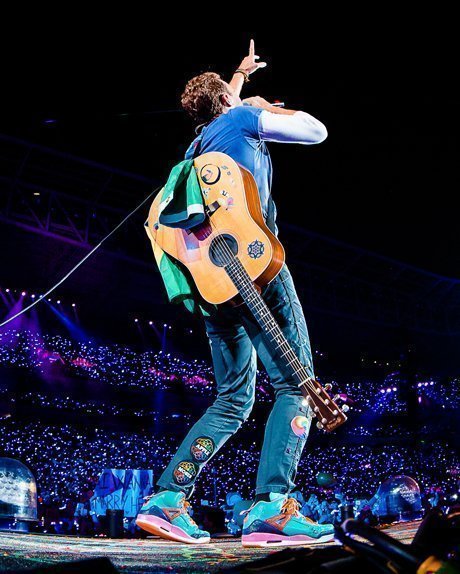Nina Karnikowski loves exploring our planet so much, she made it her job. But how could she reconcile her passion for travel with its huge environmental impact? In this excerpt from her new book The Mindful Traveller, Karnikowski journeys to Australia’s Great Barrier Reef, thirty years after she first saw it.
It was a glitzy party at a friend’s beautiful house in the northern rivers region of New South Wales, and I was wearing a dress printed with illustrations of endangered species.
I’d been excited about coming, but once I got there, I felt oddly hollow. Maybe I’d just been to too many parties – they were nonstop at that time, when Covid lockdowns had lifted but we still couldn’t leave Australia. But it was more than that.
Ever since visiting the Canadian Arctic 18 months earlier, I’d had an image in my head that I couldn’t shake. We’d been watching polar bears, who we’d been told were struggling to find food, and for a moment, one of them looked me in the eye. In a way I hadn’t expected, it brought home for me the terrible reality of the climate crisis, our broken relationship with the Earth, and the harm we’re doing to it.
When I got home I found I couldn’t focus or relax, and it soon became clear I was suffering from eco-anxiety. One of the best ways to deal with this is to take action, and so I made the decision not to fly for a while, in order to curb my emissions. Then came the horrors of the 2019-20 bushfire season, followed by the pandemic. It just didn’t feel right to be dancing and clinking champagne.
I started cornering other party guests and quietly evangelising to them about how dire the situation was for the whales and leopards and rhinos and armadillos and snakes printed on my outfit. I knew, even as I was doing it, that I needed a fresh perspective.
This is an excerpt from Nina Karnikowski’s new book The Mindful Traveller. Order the book here. Follow @nina_karnikowski on Instagram for green travel tips and inspiration.
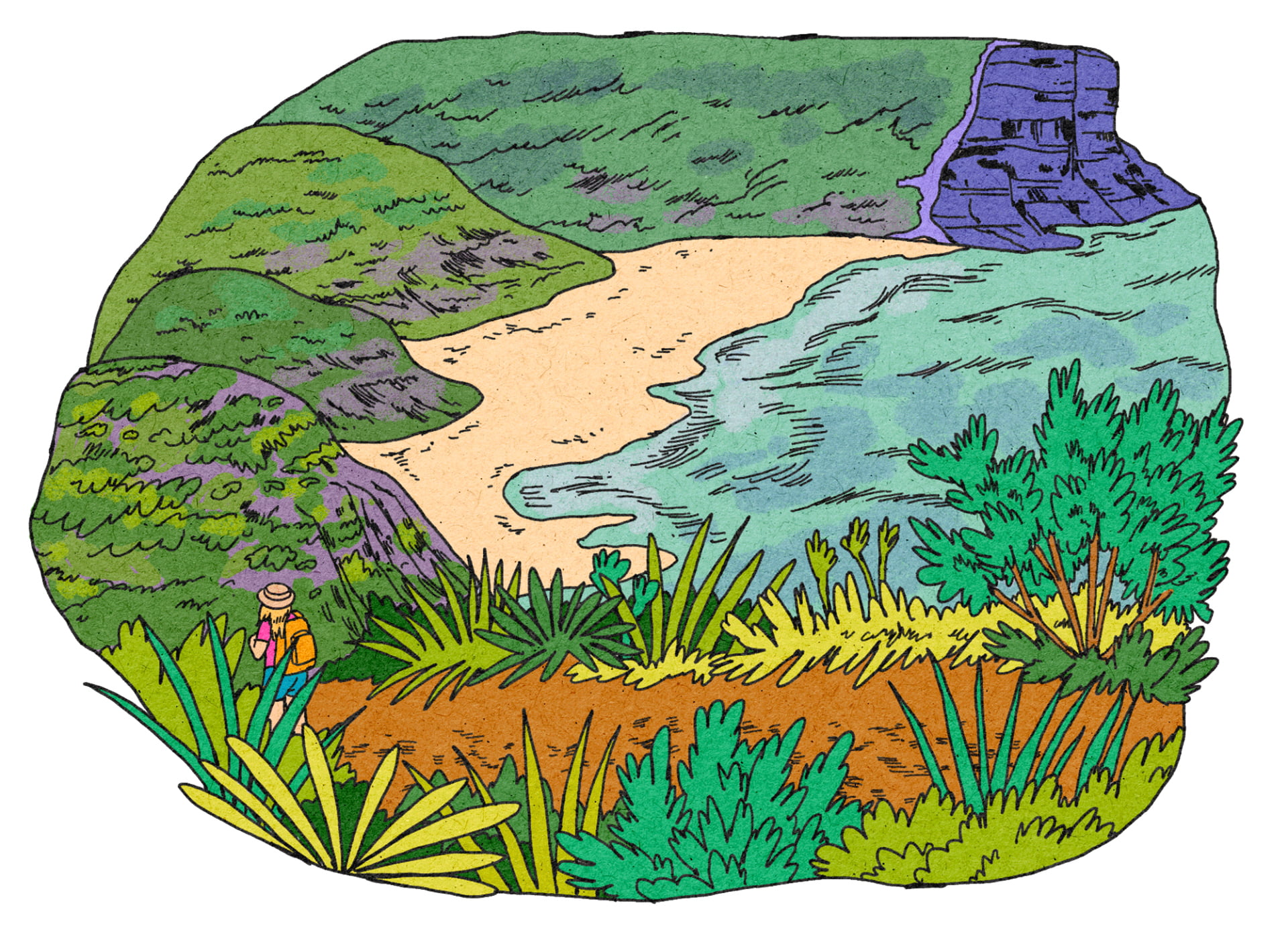
Time to get away
And so, last minute, I decided to take a road trip to the Daintree rainforest. It was a 2000-kilometre drive that would take me about two weeks each way, and one I’d do completely on my own.
Aside from getting away from everything, I was going for professional reasons, too. Over the past year I’d been working on a book called Go Lightly, about how to travel more sustainably, the topic that had been obsessing me ever since returning from the Arctic. I wanted to get out there and do all the things I espoused in the book – hiking, boating, camping and connecting with sustainably minded businesses.
The Noosa hinterland is the first stop on my itinerary, and I spend my first two days staying in a turmeric-coloured rammed-earth lodge set high on a hill, visiting a permaculture farm, kayaking through the Everglades, and generally just throwing myself back into the world with all the gusto of a cooped-up travel writer. My chosen spot for the next night is in as unglamorous a town as you could imagine, popular with fishermen and with only thirty-eight people living in it. But it is also set on the banks of a pretty river lined with mangroves, the campground isn’t overrun, and it feels simple in a way that takes me back to my childhood. I crack the back windows open, pull the boot door closed, click on the fairy lights I brought with me, and settle in to read my book.
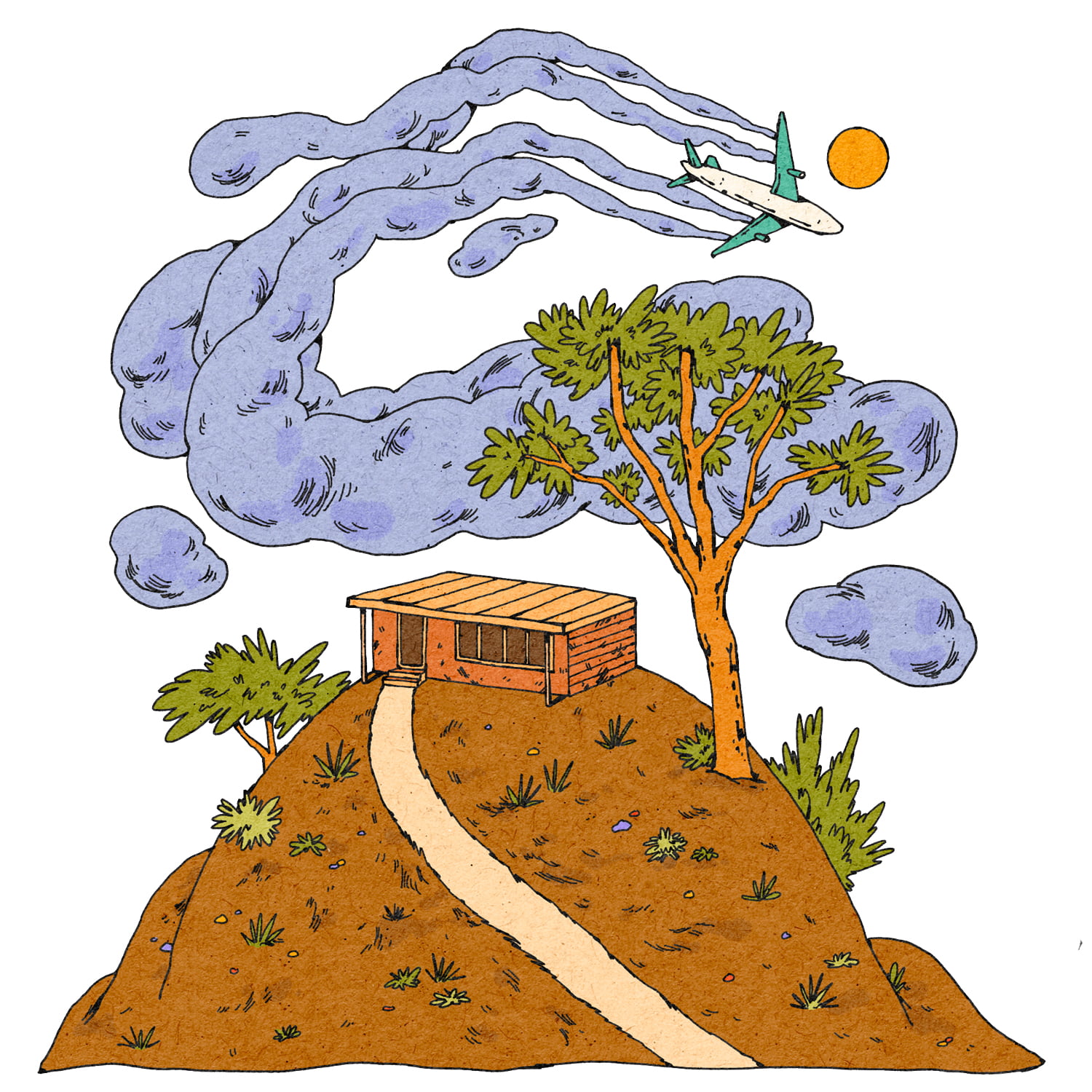
As I lie there, I think about how far this is from the glamorous life I was leading not so long ago. Almost two years ago to the day I was in the Maldives reviewing a resort for work, staying in an elegant overwater villa that cost more than $1600 a night. I spent my time there drinking Ruinart champagne and diving off my deck into that famously clear, bath-warm water, taking guided snorkelling trips and sundown dolphin-watching cruises over the UNESCO Biosphere Reserve reef it was set on, having massages in the spa, and occasionally calling my attentive ‘island host’ – otherwise known as a butler – for a fresh coconut.
It was fabulous, all right, even when I got terrible diarrhoea on day two. But it was also kind of empty. My schedule meant I didn’t even leave the resort, and to this day I can tell you very few things about Maldivian culture. Tonight, as I fall asleep to the sound of the lake lapping gently against the sand, with the light of the moon spilling onto my bed, I’m grateful that life has led me here. Back to basics, where everything superfluous has been stripped away.
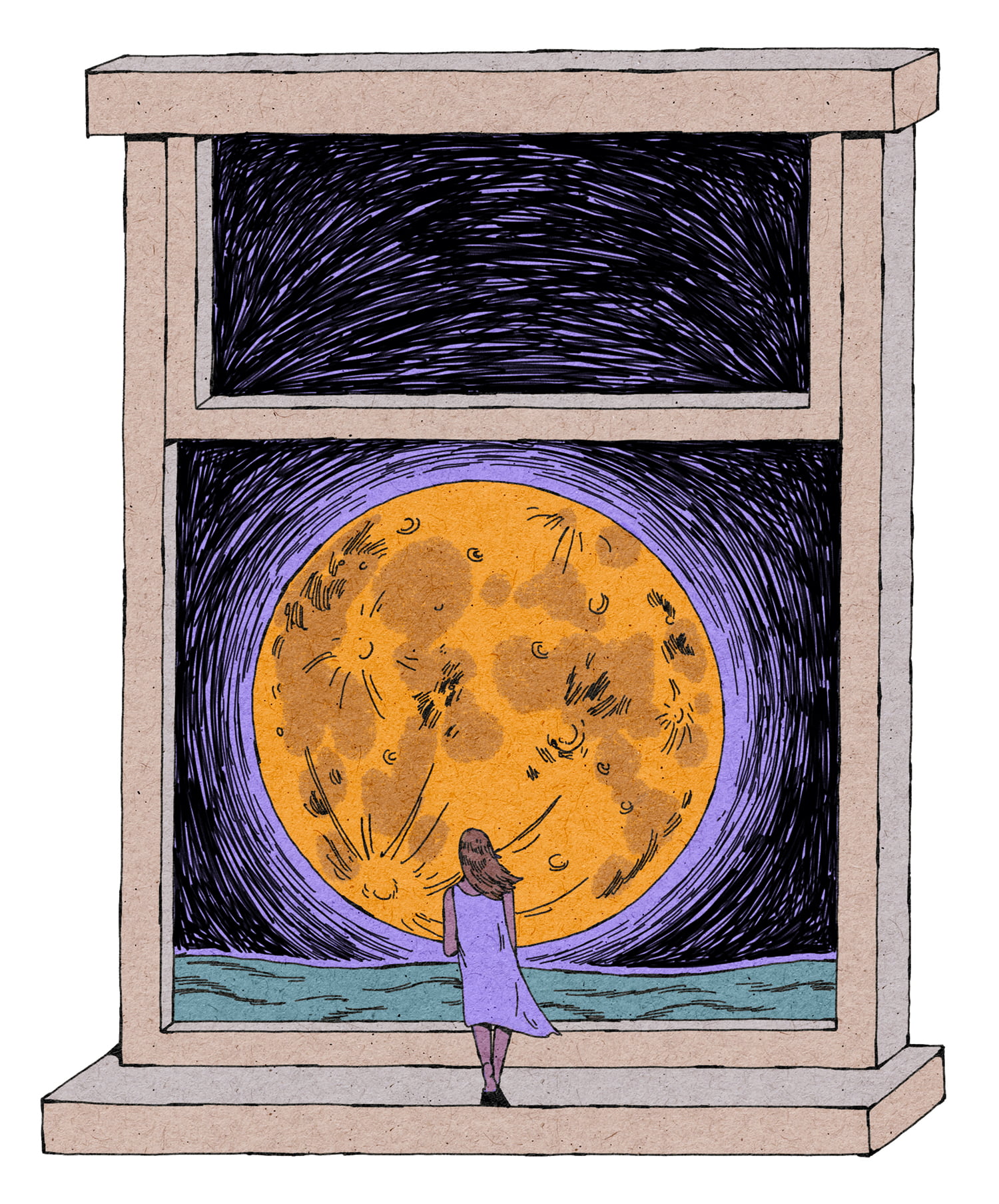
A head full of sea
My newfound appreciation for simplicity does, however, have its limits. I discover this the next day when I board the catamaran I’m going to spend the next two nights on, with eight travellers I’ve never met, and discover my ‘bedroom’ is in fact the couch in the middle of the lounge room. You know, like a stretch of banquette seating that’s right next to the dining table where everyone will hang out.
“There is nothing on this Earth that isn’t connected. Almost every journey I’ve been on has taught me that”
Luckily, hanging out inside a boat is not what I’m here for. I’m here to explore the Great Barrier Reef, a place I last came to thirty years ago. I’m excited to get out there, but also nervous. Half the coral on the reef has been lost since 1995, because of rising global temperatures, but also because of dynamite fishing, cyclones and crown-of-thorns starfish. I wonder if all I’ll see out there are coral graveyards.
As soon as we start motoring away from shore, I head up to the bow to look out over the water, blue-green despite a heavy blanket of cloud, and feel the crisp ocean breeze on my skin. When darkness falls, we eat a simple pasta salad dinner on the lower deck, then sit on the side of the boat and watch dozens of reef sharks feed. As the sharks swoop through the soft blue lights emitted by the boat, I think about how they’ve been living here for millions of years, and how we’re newcomers to their backyard. I think about them and all the biodiversity we’re set to lose on Earth. If we continue business as usual, we and these sharks are going to be in real trouble, because our fate and the ocean’s are one and the same. Scientists say 50 to 80 per cent of the oxygen we breathe is generated by the ocean, and it absorbs a big chunk of our carbon emissions – about six times the amount released by cars around the world. Without a healthy ocean, there is no healthy us. There is nothing on this Earth that isn’t connected. Almost every journey I’ve been on has taught me that.
I head back to my boat-couch bed, pull on my eye mask and shove some wet toilet paper into my ears to drown out the sound of the couple happily drinking rum and playing cards at the table right next to me. I fall asleep with a head full of sea.
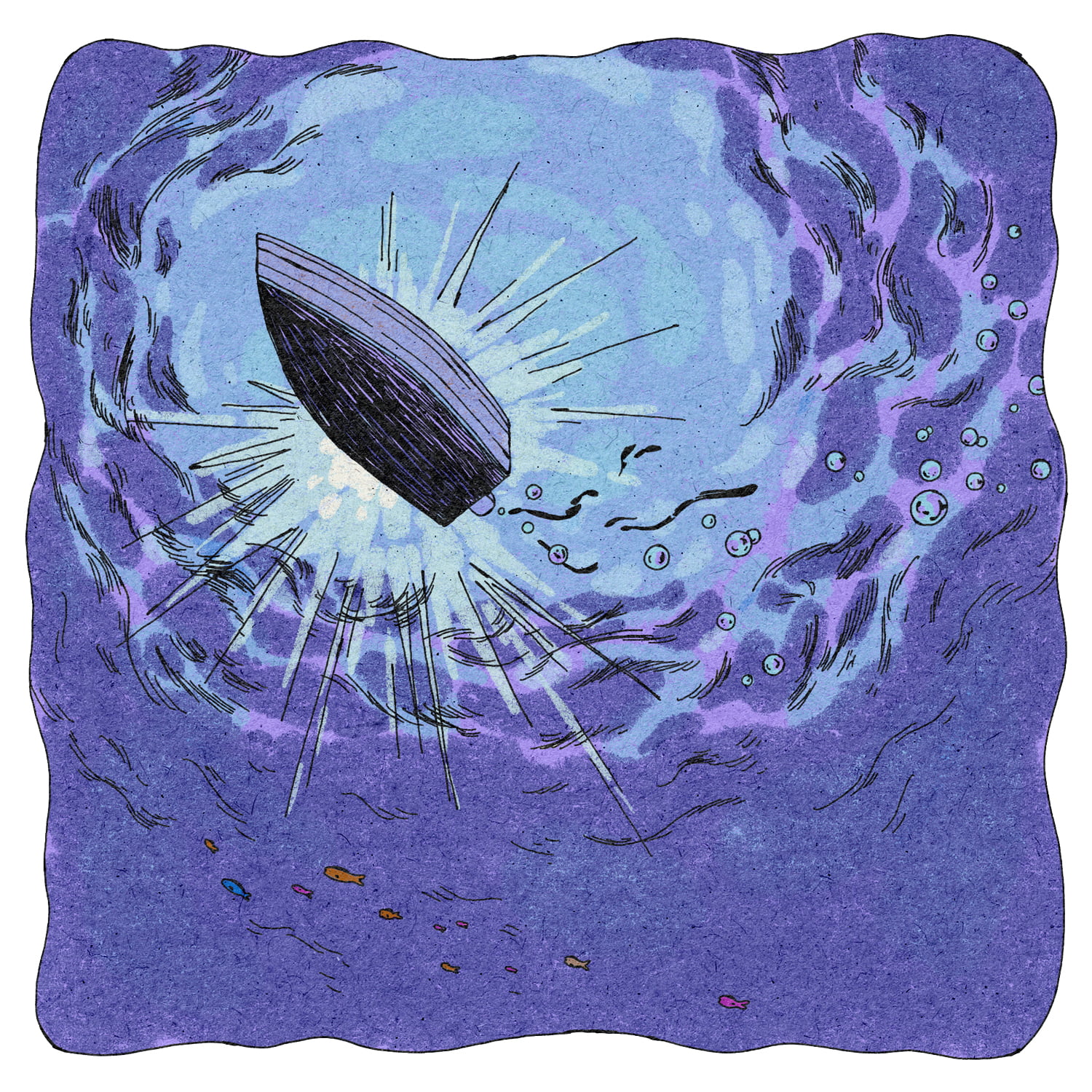
The joy and the sadness
The next two days are full of nature. We hike through lush bush to a point overlooking Whitehaven, Australia’s most photographed beach, with its famously white silica sand and aquamarine water. We walk down the beach to swim with manta rays, then spend the afternoon snorkelling, watching fish as large as dinner platters swirling all around us. We paddleboard around an almost-deserted cove, then go for a sail while a pod of dolphins plays at the front of the boat.
It is blissful, but it is also sad. Sad because the reason those big fish were there while we snorkelled was because our captain was feeding them. Sad because most of the coral I saw was dead, covered in light brown algae and nothing like the technicolour coral beds I remember from my childhood. Sad because the rising sea temperatures causing this reef degradation can be partially attributed to oil-powered boats, just like the one I’m on. Sad because when our skipper pulled the anchor up to go for that sail, a big chunk of coral came up with it.
And yet, as I lie on the top deck while we motor back to shore, I look down at the reef, home to more than 1600 species of fish and one-third of the world’s soft coral, and think how important it is to see all of it: the beauty and the devastation. It’s important, because once you see it, you understand unequivocally what’s at stake, and you become an ambassador for it. As the deep ecologist and Buddhist scholar Joanna Macy wrote in a 2020 op-ed for Emergence Magazine called Entering the Bardo, “when we dare to face the cruel social and ecological realities we have been accustomed to, courage is born and powers within us are liberated to reimagine and even, perhaps one day, rebuild a world.”
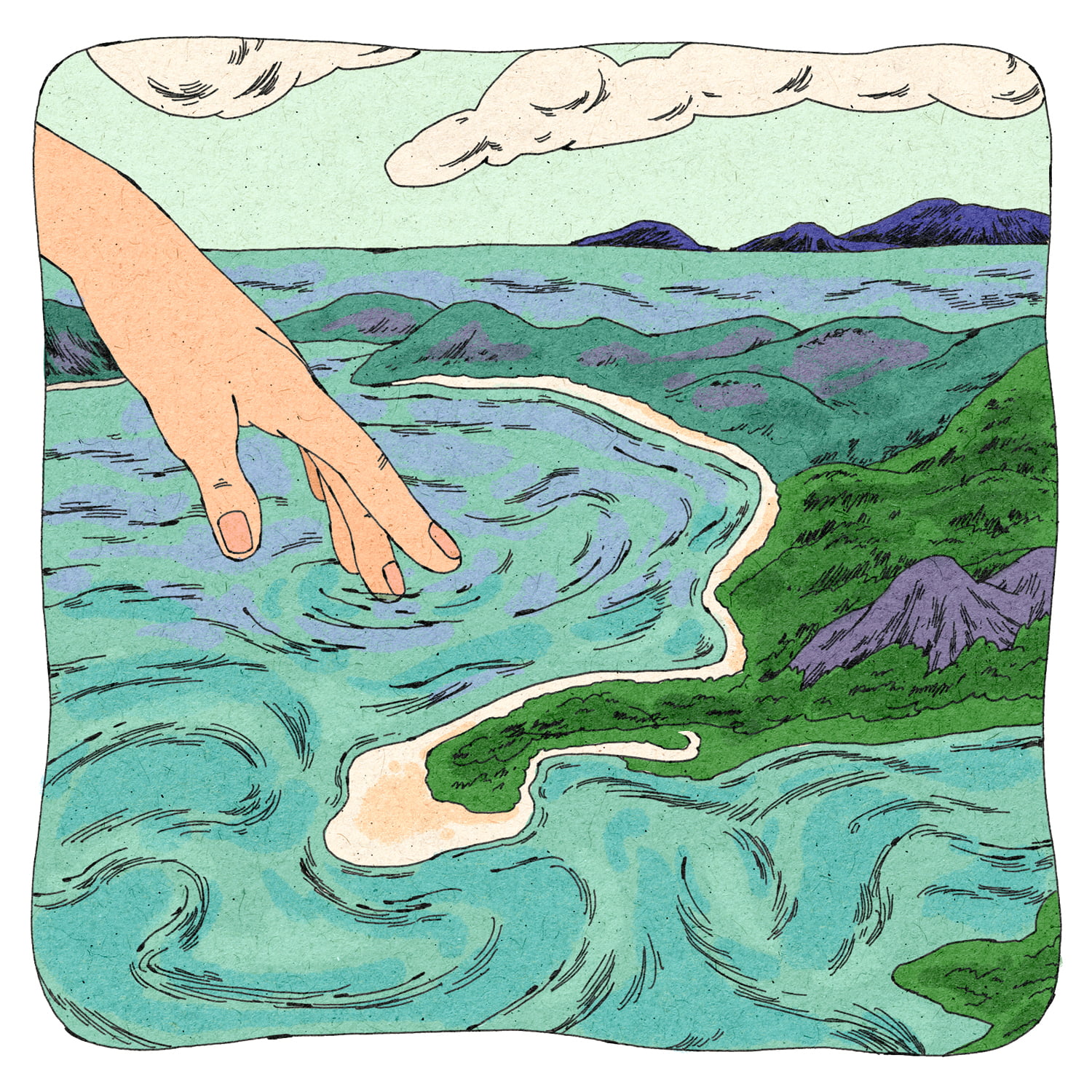
So while I’m deflated, I’m also activated. I know that for every devastated stretch of reef, there’s one that is pristine and teeming with the kind of life we see in David Attenborough documentaries – orange-and-white striped clownfish playing hide-and-seek in the fronds of anemones, schools of black manta rays gliding through the water, violet, lime and magenta corals covering the seabed, as lumpy as oversized brains, or as delicate as French lace. While I didn’t see these abundant reef sections on this trip, I know they are there and that we must celebrate them. Not in order to pull the wool over our eyes, but to help us fall in love with this place, so we’ll go home and do everything we can to protect it.
We’re able to share stories like this because of people like you. Join others from around the world in supporting Imagine5’s mission towards a sustainable future. Become a member, or donate what you can. Find out more here.
You can go lightly too
Check out Nina Karnikowski’s tips on travelling greener, from her book Go Lightly
Read it hereExplore the world by train with help from the Man in Seat 61
Seat61.comOrder Nina’s latest book, The Mindful Traveller
Order hereTRAVELLING DIFFERENTLY
CULTURE FOR CLIMATE
